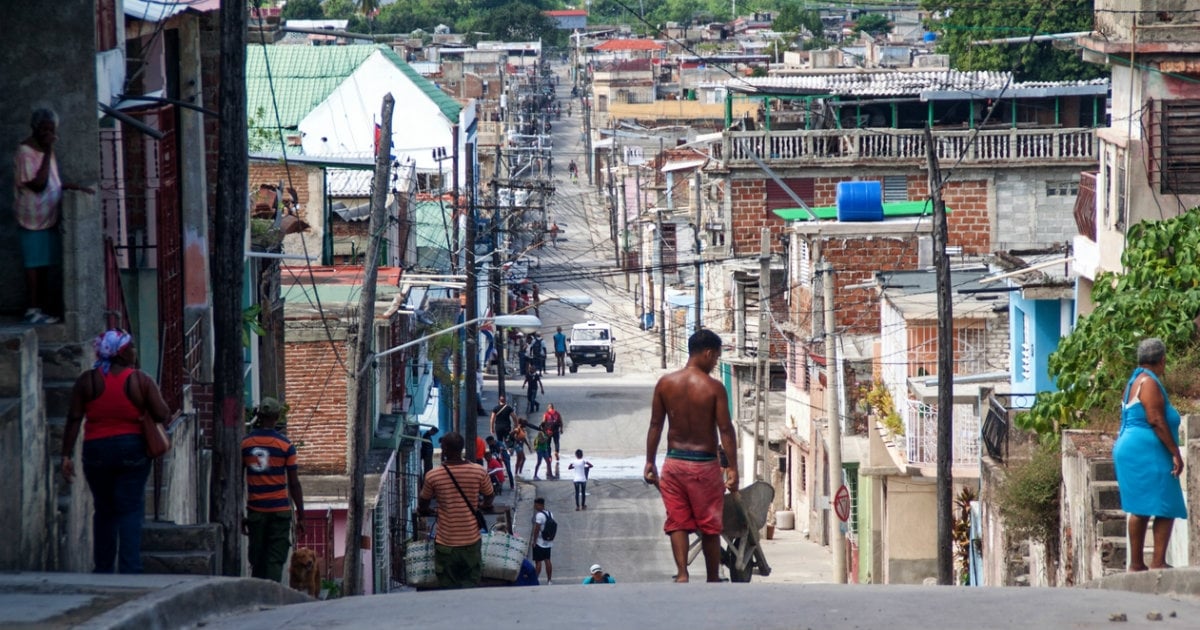The head of Cuba's Seismological Service, Enrique Diego Arango, issued a warning this Sunday emphasizing the critical need for continuous seismic monitoring in the Caribbean region, following a series of earthquakes occurring within a short timeframe. In a post on his official Facebook account, the expert highlighted that an earthquake with a magnitude exceeding 7.5, characterized by a reverse fault mechanism and shallow depth, could potentially trigger tsunami waves impacting the northern coast of Cuba's eastern region.
Arango emphasized the importance of closely monitoring seismic events, particularly those occurring to the north of Hispaniola (Haiti and the Dominican Republic) and Puerto Rico, areas known for high seismic activity. His cautionary statement comes shortly after reports from specialized media outlets about a day filled with intense seismic activity near the 19° North subduction zone fault, where tectonic plates frequently interact, leading to significant seismic disturbances.
This geological phenomenon takes place when one lithospheric plate subducts beneath another, creating convergent boundaries capable of producing powerful earthquakes. The official news portal, Prensa Latina, reminded readers of a significant event on February 8, when a 7.6 magnitude earthquake shook the Caribbean Sea, prompting tsunami alerts across several regional nations. Although these alerts were later lifted, the incident raised concerns in Cuba, with reports of perceptibility across provinces from Cienfuegos to Pinar del Río, including the Isle of Youth.
During that occasion, Arango confirmed that there were no notable changes in sea level but stressed that seismic monitoring remains vital for public safety. Recently, Arango shared on his social media that the country's network of seismological stations recorded a perceptible earthquake at 12:24 AM on February 25. This seismic event measured 3.3 in magnitude and occurred at a depth of 10 kilometers.
A few days earlier, the expert addressed recent alarming reports suggesting the possibility of a major earthquake in the Caribbean that could affect Cuba. In a Facebook post, he clarified that while certain areas with geological faults can accumulate significant energy and lead to substantial earthquakes, predicting such an event in the short term without concrete data is not feasible.
Understanding Seismic Risks in the Caribbean
What areas in the Caribbean are most at risk for seismic activity?
The regions north of Hispaniola, including Haiti and the Dominican Republic, as well as Puerto Rico, are known for high seismic activity and are considered at significant risk for seismic events.
Can a major earthquake in the Caribbean lead to a tsunami?
Yes, an earthquake with a magnitude higher than 7.5, especially with a reverse fault mechanism and shallow depth, has the potential to generate tsunami waves that could affect coastal areas.
How can residents prepare for potential seismic events?
It is crucial for residents to stay informed through official channels, have an emergency plan in place, and understand the evacuation routes and safety measures in case of a seismic event or tsunami alert.
